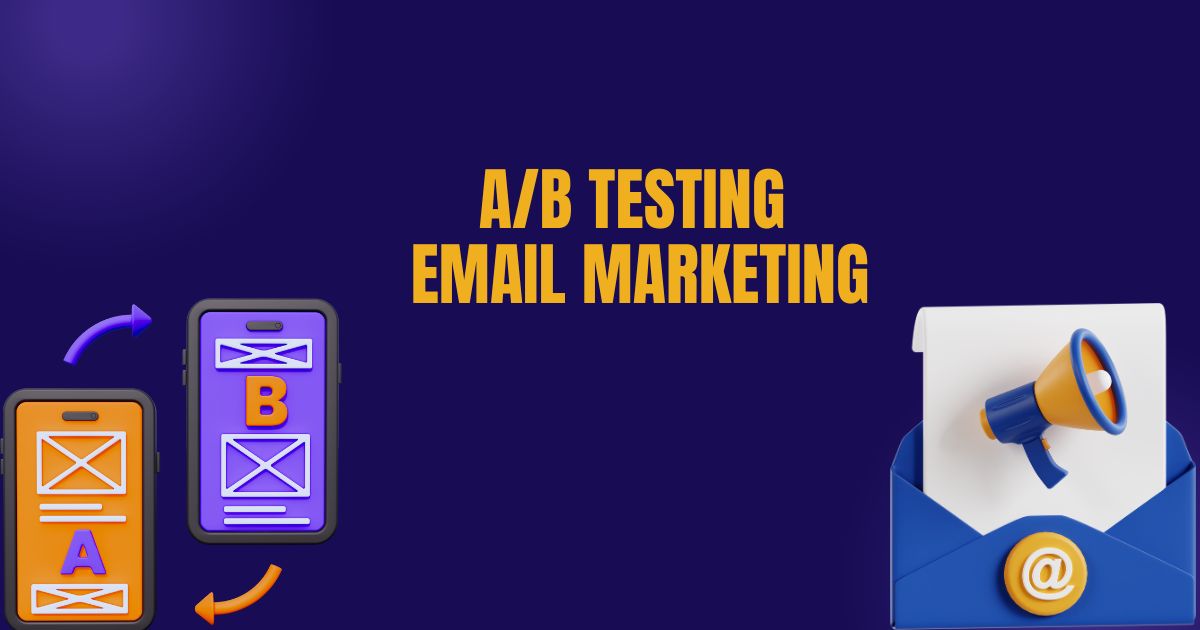
Email marketing remains one of the highest-converting digital marketing channels, but sending the same message to your entire list and hoping for the best is no longer enough. Smart marketers use A/B testing to optimize every element of their email campaigns, from subject lines to send times, driving significantly better results.
A/B testing in email marketing involves sending two different versions of an email to small segments of your audience to see which performs better. The winning version then gets sent to the remainder of your list. This systematic approach to optimization can boost open rates by 15-20% and click-through rates by up to 25%.
Whether you’re new to email marketing or looking to refine your existing strategy, this guide will walk you through everything you need to know about A/B testing your email campaigns effectively.
What Is A/B Testing in Email Marketing?
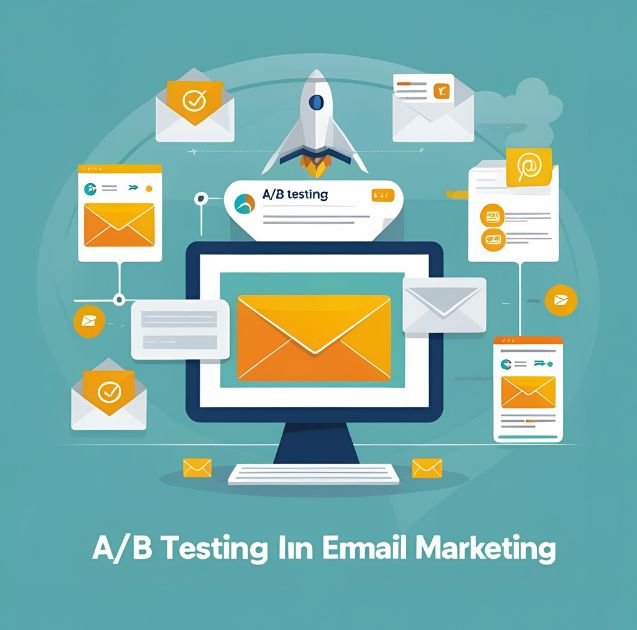
A/B testing, also known as split testing, is a method of comparing two versions of an email to determine which one performs better against a specific metric. You create two variations of your email (Version A and Version B), send each to a randomly selected portion of your audience, then analyze the results to identify the winner.
The process is straightforward: you change one element between the two versions while keeping everything else identical. This could be the subject line, sender name, call-to-action button, or any other component. By isolating variables, you can pinpoint exactly which changes drive better performance.
Most email marketing platforms make A/B testing simple with built-in tools that automatically split your audience, track results, and send the winning version to the remaining subscribers.
Key Elements You Can A/B Test
Subject Lines
Subject lines are often the first element marketers test because they directly impact open rates. Small changes can yield significant results. Test different approaches like:
- Question vs. statement format
- Urgency vs. curiosity-driven language
- Personalization vs. generic messaging
- Length variations (short vs. longer subject lines)
- Emoji usage vs. text-only
Send Times and Days
Timing can dramatically affect email performance. Your audience might be more responsive on Tuesday mornings than Friday afternoons, or perhaps evening sends outperform morning ones. Test different days of the week and various time slots to find your optimal sending schedule.
From Name and Sender Information
The sender’s name appears alongside your subject line in most email clients, making it crucial for open rates. Test variations like:
- Company name vs. individual person’s name
- CEO name vs. marketing team member
- Formal business name vs. casual brand name
- Department-specific senders (sales, support, etc.)
Email Content and Design
Once subscribers open your email, the content determines whether they take action. Test different approaches to:
- Email length (concise vs. detailed)
- Image usage (heavy visual vs. text-focused)
- Layout and formatting
- Tone and writing style
- Value propositions and messaging angles
Call-to-Action Elements
Your call-to-action (CTA) is where conversions happen. Small tweaks to CTA buttons and links can significantly impact click-through rates:
- Button text (“Learn More” vs. “Get Started”)
- Button colors and design
- CTA placement within the email
- Number of CTAs (single vs. multiple)
How to Set Up an A/B Test
Step 1: Define Your Objective
Start by identifying what you want to improve. Common goals include:
- Increasing open rates
- Boosting click-through rates
- Driving more conversions
- Reducing unsubscribe rates
Your objective determines which metrics to track and which elements to test.
Step 2: Choose One Variable to Test
Focus on testing one element at a time. Testing multiple variables simultaneously makes it impossible to determine which change drove the results. If you want to test both subject lines and send times, run separate tests.
Step 3: Create Your Variations
Develop two distinctly different versions of your chosen element. Make the differences significant enough to potentially impact performance. Testing “Free Shipping” vs. “Free Delivery” probably won’t yield meaningful insights, but “50% Off Today Only” vs. “Limited Time: Half Price Sale” might.
Step 4: Determine Sample Size and Split
Most email platforms automatically handle the technical aspects, but understanding the basics helps you make better decisions. A common approach is to send Version A to 20% of your list, Version B to another 20%, then send the winner to the remaining 60%.
For statistically significant results, each test group should contain at least 1,000 subscribers, though this depends on your typical engagement rates and the magnitude of difference you’re trying to detect.
Step 5: Set Your Success Criteria
Decide in advance how you’ll measure success and how long the test will run. For open rate tests, you might wait 24 hours. For click-through rate tests, you might need 48-72 hours to capture delayed engagement.
Best Practices for Email A/B Testing
Test Consistently
Make A/B testing a regular part of your email marketing process rather than a one-off experiment. Consumer preferences change, and what worked six months ago might not work today. Establish a testing calendar to ensure you’re continuously optimizing.
Maintain Statistical Significance
Resist the urge to call a winner too early. Let your test run long enough to gather meaningful data. Most email marketing experts recommend waiting at least 24 hours for open rate tests and up to a week for conversion-focused tests.
Document Your Results
Keep detailed records of your tests, including what you tested, the results, and any insights gained. This documentation helps you avoid repeating unsuccessful tests and provides valuable data for future campaign planning.
Consider Your Audience Segments
What works for one segment of your audience might not work for another. Consider running separate tests for different demographics, behavior patterns, or customer lifecycle stages. New subscribers might respond differently than long-term customers.
Test Across Different Campaign Types
Results from promotional emails might not apply to newsletters or transactional emails. Test various campaign types to build a comprehensive understanding of what resonates with your audience in different contexts.
Common A/B Testing Mistakes to Avoid
Testing Too Many Variables at Once
While it’s tempting to test multiple elements simultaneously, this approach makes it impossible to identify which change drove the results. Stick to one variable per test for clear, actionable insights.
Stopping Tests Too Early
Calling a winner after just a few hours can lead to false conclusions. Email engagement patterns vary throughout the day and week. Give your tests adequate time to capture representative data.
Ignoring Mobile Optimization
With over 60% of emails opened on mobile devices, ensure both versions of your test are optimized for mobile viewing. A subject line that works perfectly on desktop might get cut off on mobile screens.
Not Testing Regularly
Running one A/B test and assuming the results apply forever is a common mistake. Audience preferences evolve, seasons change, and market conditions shift. Regular testing keeps your campaigns optimized for current conditions.
Measuring and Analyzing Results
Key Metrics to Track
Focus on metrics that align with your campaign objectives:
- Open Rate: Percentage of recipients who opened your email
- Click-Through Rate: Percentage of recipients who clicked on links within your email
- Conversion Rate: Percentage who completed your desired action
- Unsubscribe Rate: Percentage who opted out after receiving your email
Statistical Significance
Understanding statistical significance helps you make confident decisions about your test results. Most email marketing platforms calculate this automatically, but generally, you want at least 95% confidence that your results aren’t due to random chance.
Analyzing Beyond the Numbers
Look beyond surface-level metrics to understand why one version outperformed another. Did the winning subject line create more urgency? Did the better-performing CTA use more action-oriented language? These insights inform future tests and overall strategy improvements.
Taking Your Email Marketing to the Next Level
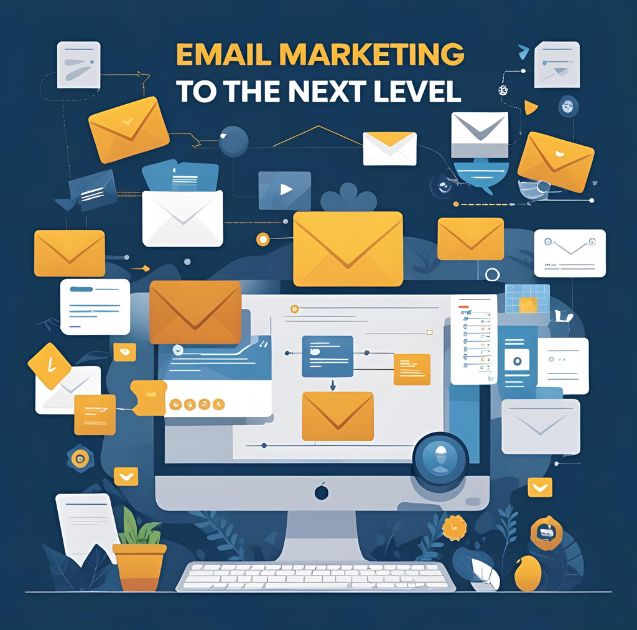
A/B testing transforms email marketing from guesswork into a data-driven science. By systematically testing different elements of your campaigns, you gain valuable insights into subscriber preferences and can dramatically improve your email performance over time.
Start with simple tests like subject lines or send times, then gradually move to more complex elements like content structure and design. Remember that effective A/B testing is an ongoing process, not a one-time activity. The most successful email marketers make testing a core part of their strategy, continuously refining their approach based on real subscriber behavior.
Ready to boost your email marketing results? Begin with your next campaign by testing one element that could impact your primary goal, whether that’s opens, clicks, or conversions. Your subscribers will guide you toward better performance through their actions.







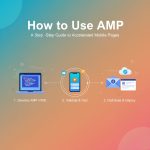






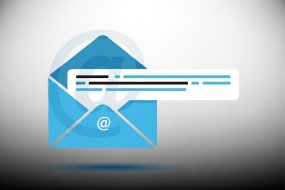
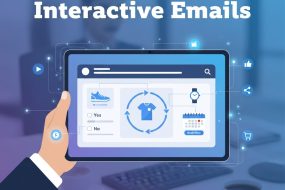


No Comments